Table of Contents
Snow Nose in Husky Dogs
Snow nose in husky dogs is a condition where the nose loses its pigment and turns pink or lighter in color.
This is caused by a loss of melanin, the pigment that gives color to the skin.
While it is not harmful to the dog, it can be a cosmetic issue for some owners.
Snow nose typically occurs during the winter months, hence the name.
The condition is more common in husky dogs but can occur in other breeds.
What Is Snow Nose in Husky Dogs and What Causes It?
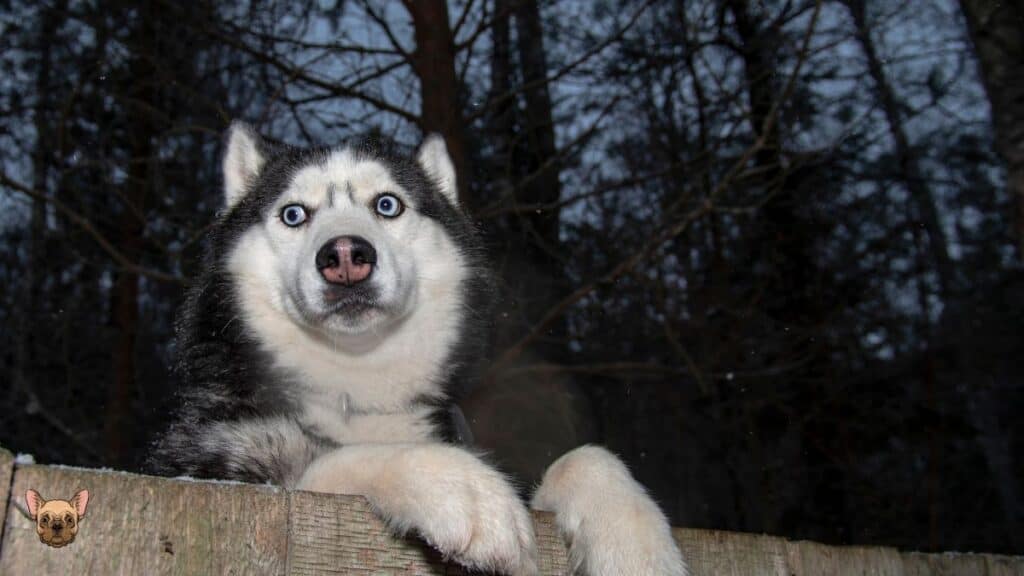
Siberian Huskies are known for their striking appearance, including their characteristic snow-white coat and bright blue eyes.
But did you know that these dogs also have another unique feature?
Their noses!
Siberian Huskies’ noses can change color depending on the season or temperature.
This phenomenon is called “snow nose” or “winter nose.”
So What Exactly Is Snow Nose?
Snow nose is a condition that affects the pigmentation of a Siberian Husky’s nose.
The nose may turn pink, brown, or even black.
This color change is caused by the loss of pigment in the skin due to exposure to cold weather or wind.
Although the condition is harmless, it can be pretty alarming for owners who are not familiar with it.
Causes of Snow Nose in Huskies
There Are a Few Different Factors that Can Contribute to Snow Nose in Huskies:
- One of the most common causes is exposure to cold weather or wind.
- This can cause the blood vessels in the nose to constrict, leading to a decrease in blood flow and a loss of pigment.
- Daylight amount can also be a factor, as less exposure to sunlight can cause the nose to lighten in color.
- Tyrosinase is an enzyme that helps produce pigment, and a deficiency of this enzyme can also cause the nose to lighten in color.
Which Other Breeds Get Snow Noses?
Siberian Huskies Are Not the Only Dogs that Can Get “snow Noses.”
In fact, many other breeds of dogs can develop this condition, especially those with lighter-colored fur.
Some of the other breeds that are prone to getting snow noses include:
- Golden Retrievers
- Labrador Retrievers
- Siberian Husky
- German Shepherd
- Doberman Pinscher
- Rottweiler
- German Shorthair Pointer
While the cause of snow noses is still unknown, it is thought to be related to the change in seasons, and the amount of sunlight these dogs are exposed to.
What Are the Symptoms of Snow Nose in Huskies?
One symptom of snow noses in huskies is that their noses may turn pink.
Other symptoms include sneezing, coughing, and runny eyes.
If your Husky has any of these symptoms, it’s essential to take them to the vet for an evaluation.
Snow nose is a condition that can treat, but it’s essential to catch it early.
If you think your husky may have a snow nose, don’t hesitate to contact your vet.
How to Treat Snow Nose in Huskies?
Siberian Huskies are known for their thick fur coats, which keep them warm in even the coldest climates.
But did you know that their noses can also change color in response to the temperature?
If you’ve noticed your Husky’s nose turning pink, don’t worry – it’s perfectly normal and nothing to be concerned about.
What Should Huskies Do About It?
There isn’t a definitive answer to this question since each husky is different and will have a unique reason why its nose is turning pink.
However, some potential causes could be sun exposure, allergies, or simply genetics.
If you’re concerned about your husky’s changing nose color, it’s always best to consult with a veterinarian to rule out any health issues.
In the meantime, here are a few things you can do to help keep your Husky’s nose healthy:
- Limit your Husky’s sun exposure by keeping them indoors or in the shade during peak hours.
- Apply a pet-safe sunscreen to your Husky’s nose if they spend extended periods outdoors.
- Brush your husky’s teeth regularly to avoid any gum disease which could lead to a pink nose.
- Keep an eye on your Husky’s food and treat intake as some ingredients can cause allergies that turn the nose pink.
If you suspect your husky’s nose is turning pink due to an allergy, consider switching to hypoallergenic food.
Overall, there isn’t necessarily a need to worry if your Husky’s nose turns pink, as it could be due to several different factors.
However, if you notice any other changes in your Husky’s health or behavior, it’s always best to consult with a veterinarian.
Prevention Tips for Snow Nose in Huskies From
You can do a few things to prevent your Husky’s nose from turning pink in the snow.
One is to keep their coat well-groomed and free of mats.
This will help their coat to insulate their nose from the cold weather.
Another is to invest in a good quality balm or cream that you can apply to their nose before going outside.
This will help protect their nose from the elements and keep it moisturized.
Finally, make sure that you bring them inside if they start to show signs of discomfort or if their nose turns pink.
If you take these precautions, your husky should be able to enjoy the snow without any problems.
Will It Return to Its Normal Color?
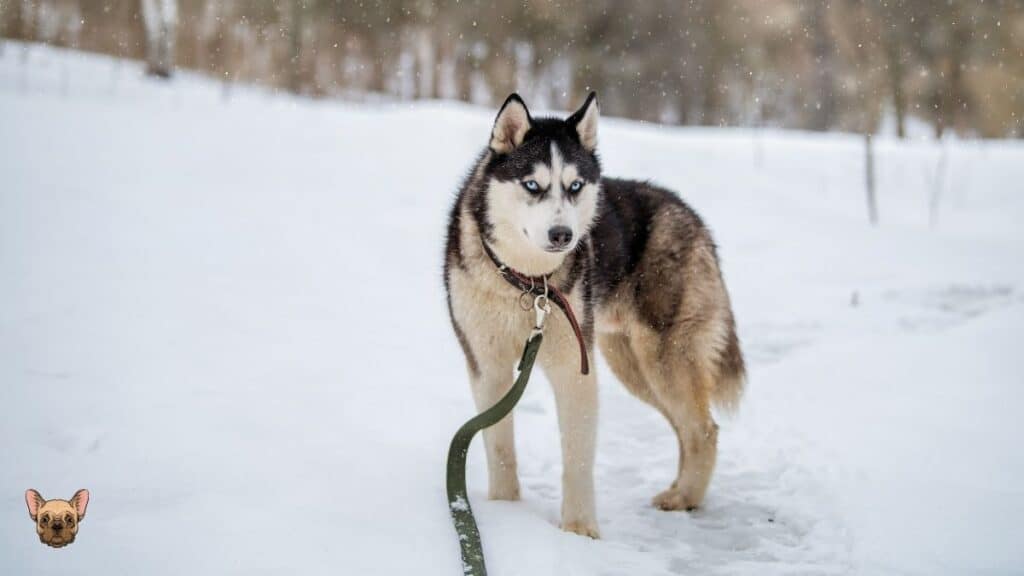
The answer to this question depends on the underlying cause of the pink nose.
If the pink color is due to a lack of pigment, it is unlikely that the nose will return to its standard color.
However, if the pink color is due to sun exposure, the nose may eventually return to its standard color.
Vitiligo in Dogs
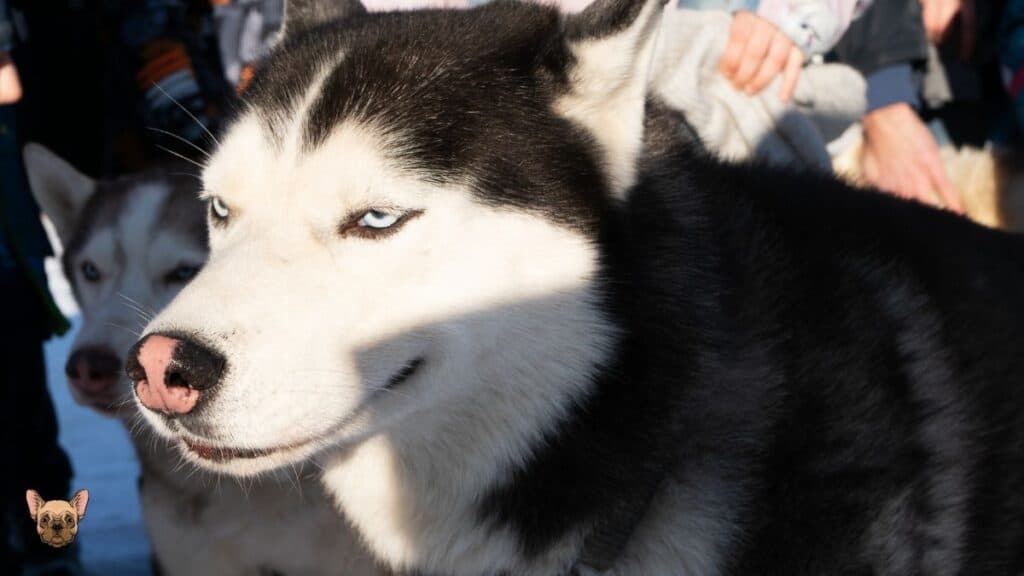
Vitiligo is a condition that causes the loss of pigmentation in the skin, resulting in white patches.
It can also affect the hair and, in some cases, the nose.
Vitiligo can occur in any dog breed, but it is most commonly seen in Siberian Huskies.
The exact cause of vitiligo is unknown, but it is believed to be an autoimmune disorder.
There is no cure for vitiligo, but there are treatments that can help to slow the progression of the condition and improve the appearance of the affected areas.
If you notice that your dog’s nose is turning pink, it is essential to take them to the vet for an examination.
Plastic Bowls
There are a few things to keep in mind when it comes to plastic bowls.
First of all, not all plastic is created equal.
Some types of plastic can be more harmful than others, so choosing the right kind of bowl for your Husky is essential.
Secondly, even the best quality plastic bowl can’t withstand years of use and abuse.
Eventually, it will start to wear and tear, and you’ll need to replace it.
Finally, plastic bowls can be a breeding ground for bacteria, so it’s essential to clean them regularly.
So I recommended changing plastic bowls with stainless steel ones or glass bowls.
Conclusion
There could be several reasons why your husky’s nose is turning pink.
It could be due to a lack of pigment in the skin, sun exposure, or even an allergy.
If you’re concerned about your Husky’s health, it’s always best to consult with a vet.
However, in most cases, a pink nose on a husky is nothing to worry about.
Huskies are notoriously playful and friendly dogs, so you’ll still be able to enjoy plenty of snuggles and kisses from your furry friend.
Thanks for reading!
Disclaimer: This article is for educational reasons only. Always consult your veterinarian about any issues you may have with your fluffy.
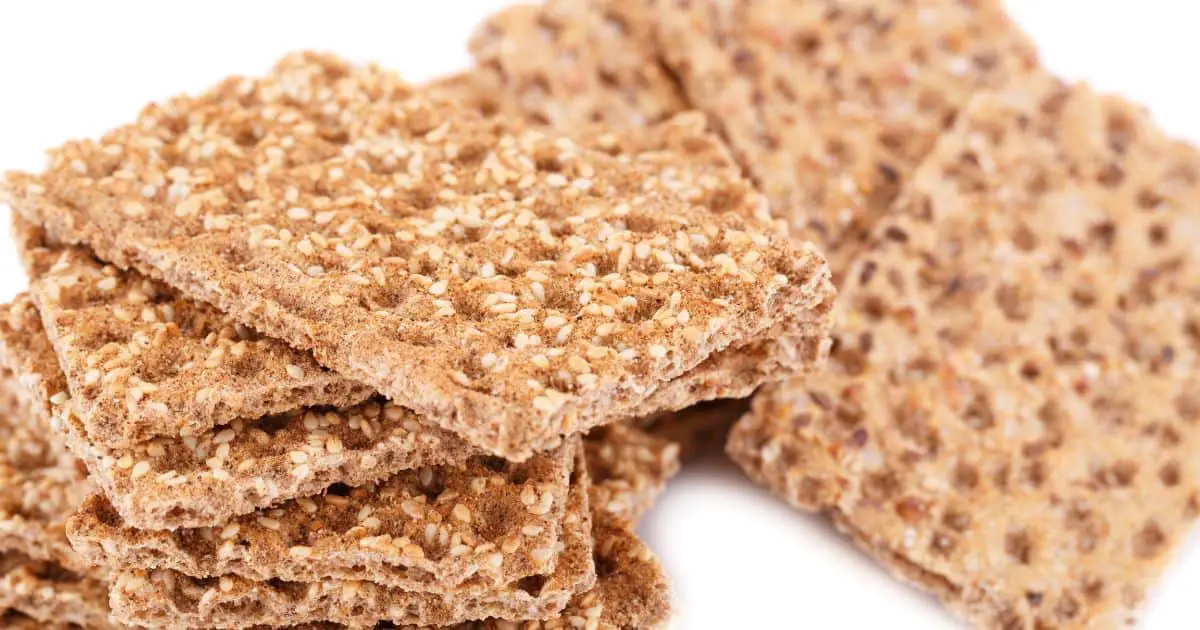
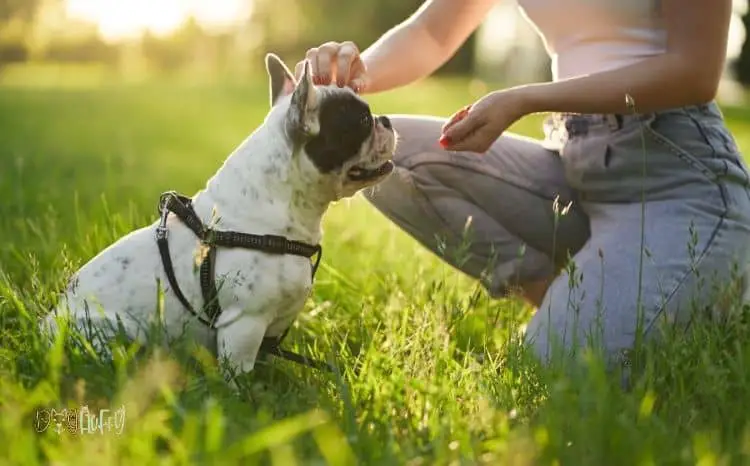
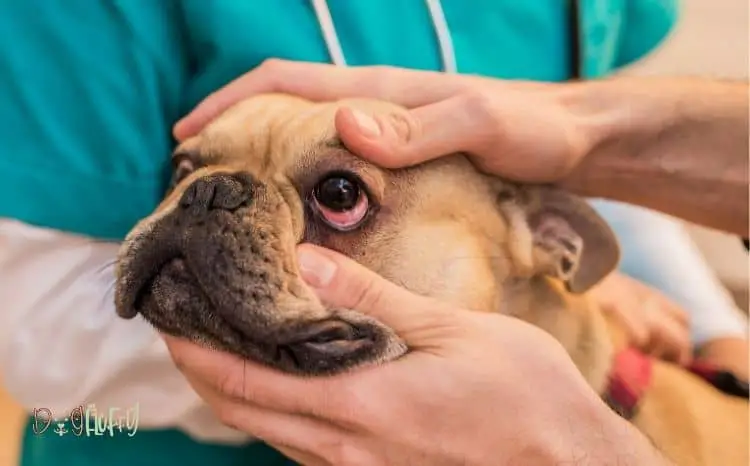
Leave a Reply
You must be logged in to post a comment.